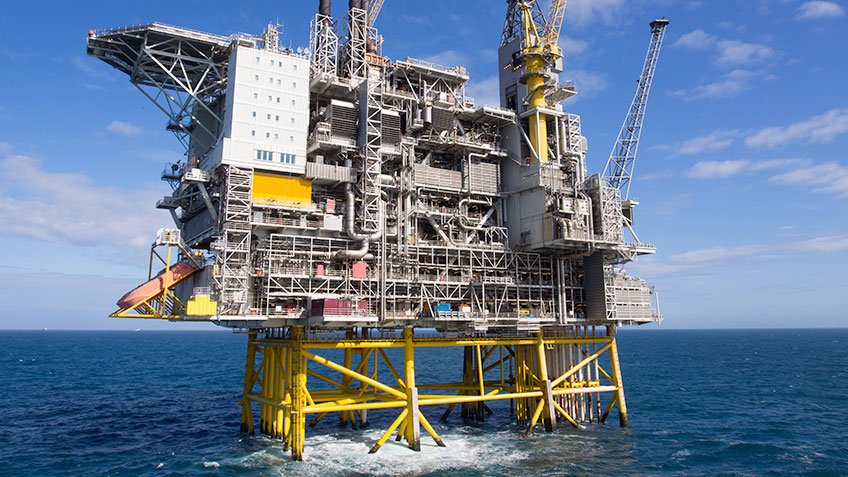The company targeted the smaller, older rig first. Rockwell Automation engineers designed the virtualization solution, including an Industrial Data Center (IDC) incorporating the necessary hardware and software components. The Rockwell Automation team configured the virtualized system onshore and provided training to the company’s technical team, which then did the testing.
Two months later, the platform’s virtualized system was ready to go. With the new hardware installed and virtual machines (VMs) created to replace all the running machines on the rig, it was time for the live changeover, in parallel with the old controls. The switch happened without a hitch – and no downtime.
Six months later, the second platform’s new system was deployed using the same switch-over process. Again, no downtime.
Virtues of Virtualization
Today, the offshore production systems on both rigs operate with just three upgraded physical servers. High-availability, virtualized servers have replaced the rest, freeing precious onboard space. But a smaller footprint is just the start of the virtualization benefits.
Engineering and platform workers no longer have to worry about servers crashing. If a failure occurs, the virtualized-server cluster will automatically respond and restart the affected VM on other hosting resources. VMware vSphere® Fault Tolerance allows a VM to run simultaneously on two physical servers to help protect it from critical failures.
This quick recovery capability was the main selling point for virtualization among the natural-resource company’s management.
“If you kill a server, it will resurrect with another server,” said the engineer, who demonstrated the system to his bosses before it was deployed offshore. “We couldn’t make it fail.”
Upgrading the software or applying operating system patches is simple. The new system allows operators to take a “snapshot” of the current software configuration, then implement changes and revert to previous configurations if needed. This feature also reduces the risk of system changes.
After the virtualized systems were installed, platform workers were initially dubious that restoring power to the rig would be easier after an outage. Until they saw the new system in action.
“Instead of restarting each server one by one, a worker just pushes three buttons,” the engineer said. “Then the whole system starts up by itself, self-sequencing everything automatically.”
Since the switch to a virtualized offshore production system, the engineer spends far less time on the two platforms.
“A couple of years ago, I was spending half a day each week working to keep those servers alive,” he said. “Since we put the new system in, I haven’t had to touch it.”
The results mentioned above are specific to this company’s use of Rockwell Automation products and services in conjunction with other products. Specific results may vary for other customers.
vSphere is a trademark of VMware.
